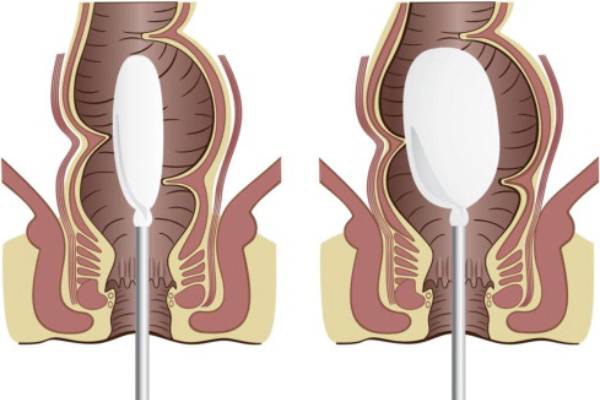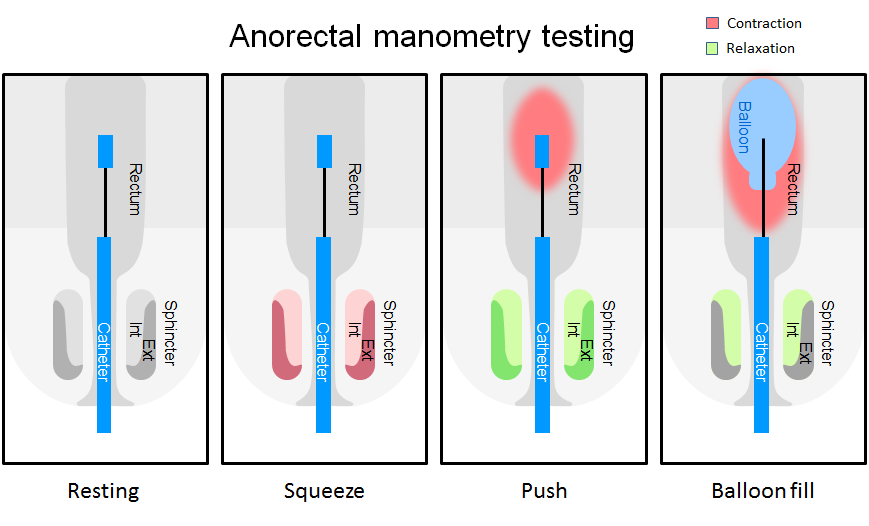Understanding Your Gut Feelings: What Is Anorectal Manometry and Why It Matters

Have you been dealing with chronic constipation or unexpected bowel leakage and wondered what’s really happening inside your body? You’re not alone—and there’s a proven medical test that can help uncover the root cause. It’s called anorectal manometry, and it offers a closer look at how well the muscles and nerves in your lower digestive tract are working.
What Is Anorectal Manometry?

Anorectal manometry is a simple, non-invasive test that measures how your rectum and anal muscles function. These muscles play a key role in bowel control, and when they don’t work properly, it can lead to discomfort, frustration, and embarrassment.
Dr. Shrihari Anikhindi describes the test as a reliable way to evaluate the “communication” between your digestive muscles and nerves—helping doctors figure out what might be going wrong.
➡️ Learn more about common causes of chronic constipation.
How the Test Works

While the idea might sound a little intimidating, the test is safe, quick, and usually painless. Here’s a breakdown of how it works:
- A soft, flexible tube (catheter) with tiny sensors is gently inserted into the rectum.
- These sensors measure pressure and movement in the rectum and anus.
- The test monitors how your muscles respond when you’re asked to perform simple actions—like squeezing or pushing.
This data helps doctors assess whether your muscles are coordinating correctly, and if not, what the underlying issue might be.
➡️ If you’re unfamiliar with how the digestive system functions, read our Digestive System Basics.
What to Expect During the Test

The process is straightforward and doesn’t require extensive preparation. Here’s what typically happens:
- Rest Period: You’ll lie still briefly to allow your body to relax before the measurements begin.
- Squeeze Test: You’ll be asked to contract your anal muscles to evaluate strength.
- Cough Test: A quick cough helps check automatic reflexes.
- Push Test: You’ll simulate a bowel movement, revealing how your muscles coordinate.
- RAIR (Rectoanal Inhibitory Reflex): This tests how your body reacts when your rectum is gently expanded.
- Sensory Testing: Varying pressure levels help determine how sensitive your rectum is.
Balloon Expulsion Test: A small balloon is inflated inside the rectum and you’ll be asked to push it out, mimicking normal stool passage.
These are non-invasive and provide critical insights.
➡️ Curious about how tests like this relate to pelvic floor health? Explore Pelvic Floor Disorders.

This test can help identify and manage conditions like:
- Anal Fissures: Detects if tight muscles are contributing to pain or tearing.
- Dyssynergic Defecation: Identifies if muscles aren’t working together properly during bowel movements.
Thanks to standardized systems like the London Classification, results are interpreted with consistency and accuracy.
Real Benefits for Real People

Anorectal manometry is more than just a diagnostic tool—it helps people reclaim comfort and control by guiding personalized treatment plans for:
- Chronic Constipation: Pinpointing exact muscle or nerve issues.
- Fecal Incontinence: Assessing sphincter strength and coordination.
Unexplained Pain: Revealing muscle spasms or hypersensitivity.
Final Thoughts
If you’ve been silently struggling with bowel issues, anorectal manometry offers a safe and effective way to find answers. It gives doctors a detailed look at how your gut is functioning and can pave the way to targeted, effective treatments. So when your gut is speaking up—don’t ignore it. There’s a science-backed way to understand what it’s really trying to say.
